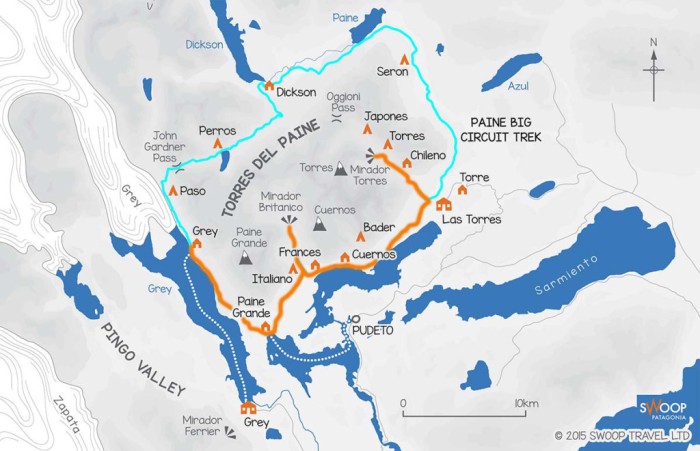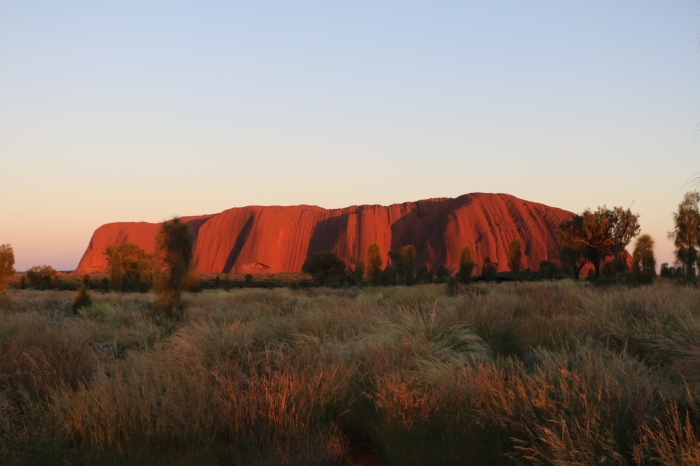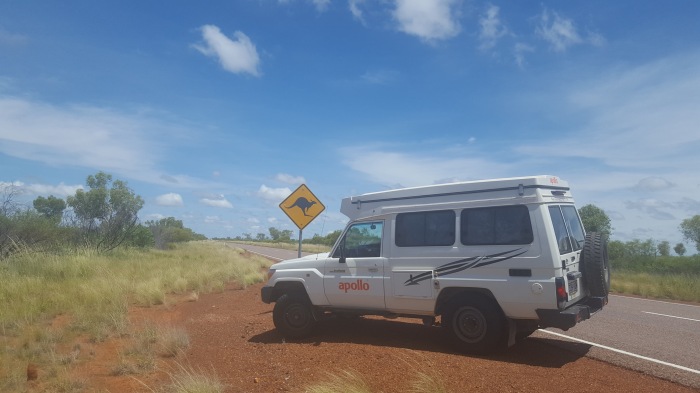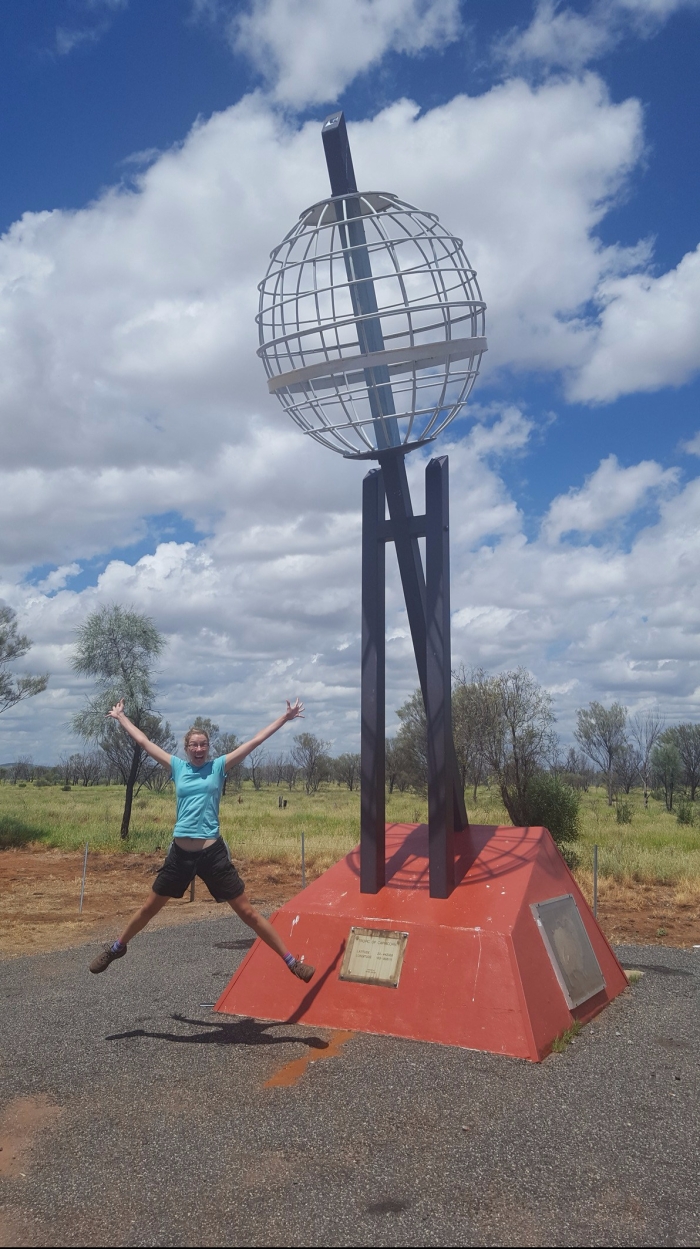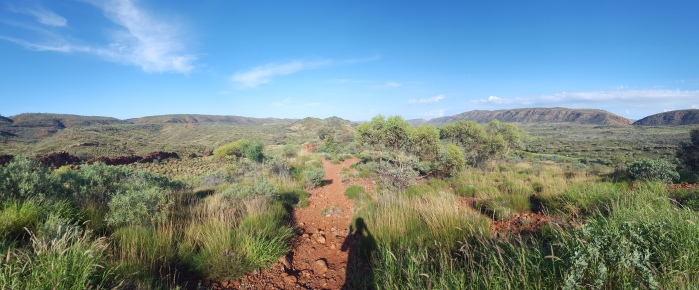Days on the trip: 262
Chilean Patagonia had treated us very well, but it was now time to explore the Argentinean side. So we got on a bus, hopped across the border (another beautiful crossing), and arrived in El Calafate, famous for one of its glaciers: Perito Moreno. It’s part of the Los Glaciares National Park, Argentinia’s largest national park which has about 30% of its area is covered in ice. Perito Moreno is only one of 47 glaciers in the park but it is very popular because of its size and accessibility – we got a bus out there and explored the glacier along the board walks. The weather wasn’t the best but it was mostly not raining, which was helpful. Occasionally a bit of sun even came through which really lit up the blue ice.
The glacier was great. It was huge and we could get pretty close to it on the board walks, both on ground level and slightly elevated. Most impressive though was the cracking, living sounds that the glacier made. Right at the end, we even saw a massive piece fall into the lake. Not to worry though, according to the information boards, it’s one of only three glaciers in the park that is advancing.
On our second day in El Calafate we booked a 4×4 Land Rover Safari in the Patagonian steppe. Martin was very excited to be back in a Land Rover again – shame though it wasn’t Baloo, and shame we couldn’t drive it either. Whilst billed as a safari, fauna was light on the ground, but we did see lots of guanacos and horses. We also learnt more about the geology of Patagonia and the Andes, including that the Andes act as a rain wall so that barely any rain falls on the Argentinean side and lots of rain in Chile. The rain in Chile is especially substantial because at this latitude there is no other land mass, and as a result Chile, unexpectedly, has a bit of rainforest in Patagonia.
On our last day in El Calafate we took a walk down to Lago Argentina, Argentina’s largest fresh water lake, and then got on a bus to El Chalten which is the trekking capital of Argentinean Patagonia and a rival to Torres del Paine.
The drive along Route 40, and then into El Chalten was beautiful – we could see the moody snow-capped mountains and the tiny village of El Chalten, in the valley, getting closer. As the sun started to set, the sky turned orange and made it even more special. It seems to be common that even if you don’t want to hike, you still go to El Chalten just to admire the scenery from road and the town.
The village itself is quite small, supermarkets are very basic, and we were told to get any money that we want to spend there out of the cash machines in El Calafate. Nowhere in El Chalten seems to accept cards, and the one ATM rarely works, especially for foreigners. Being sufficiently well warned however, we were fine.
On the first day, we decided to hike to Laguna Torre – the weather forecast predicted rain so we didn’t want to have too big a hike. After an initial steep climb, it was then flat for quite a few kilometres – by which we mean actually flat, not Torres del Paine flat which is up and down. The walk itself was nice through some forest and along a stream until we got to the laguna. At the laguna we enjoyed some snacks and a pretty view over cerro Torre, before returning home and having a lovely dinner out in town.
The second day had the best weather forecast. However, it was only supposed to be really sunny in the morning and then gradually cloud over. So we made the decision to get up early and hopefully catch more views with sunshine. This time we did the popular hike to Laguna Los Tres. It’s a little bit longer but is supposed to have stunning view over Fitz Roy. Like the previous day it started with an uphill bit, but soon flattened and we started to get our first views of Mount Fitz Roy at the miradors (lookouts). The view of the mountain was amazing, and as we got closer, we saw the mountain from different angles and with different surrounds, such as forests, lakes, clearings, … We couldn’t get enough and kept taking more and more pictures.
The clouds started to come in, and we knew we had to race as we got to the final kilometre. Almost there … except not quite. This was once more a super steep bit. Not quite like in Torres del Paine but pretty close. After 45min of climbing we reached the top, saw the laguna and the Fitz Roy in the background. Stunning view.
Our final day in El Chalten was technically a full day as we had our bus at 8:30pm in the evening. But without a room and thus no shower we didn’t want to do any excessive hiking. In fact Martin opted for a lazy lunch and doing some laundry. Andi, feeling more active, went on the much shorter and easier walk to Los Condores and Las Aguilas lookouts. It had some more views over the village and the other side of town that we didn’t get to explore and she also saw an armadillo. So overall, quite relaxing, not too exhausting and a nice end of El Chalten.
Now, what’s better El Chalten or Torres del Paine? There are so many different forums online discussing which one is better. And we only did the day hikes in El Chalten, rather than some of the multi-day treks. Overall, we thought Torres del Paine had more varied scenery and we absolutely loved the Grey glacier and the French valley in Torres del Paine. However, the Laguna Los Tres hike beat the main hike to the Torres in Torres del Paine and offered some stunning scenery. Overall though, we guess it depends on the weather. If you have a nice day in one, it will definitely beat a rubbish day in the other one.



















































































































